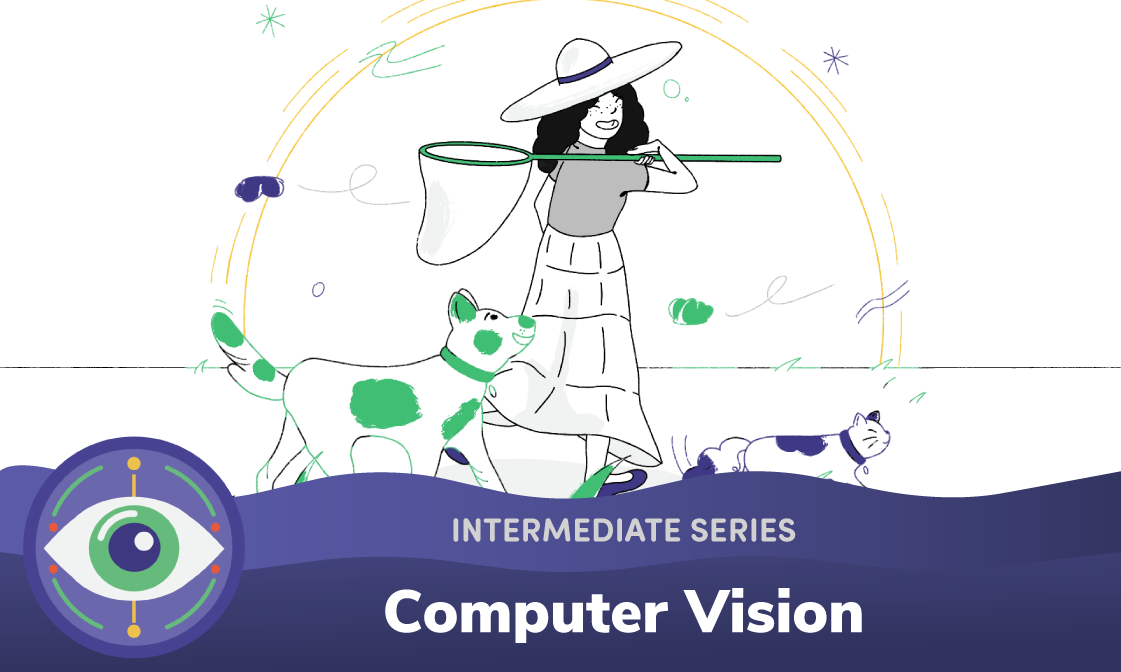
Welcome to the Practicum AI: Computer Vision course!
Welcome to Practicum AI’s Computer Vision Course! In these modules, we’ll build on what we’ve learned about deep neural networks to demystify the technology that allows machines to interpret and make decisions based on visual data. Each module in this course will provide hands-on experiences to create your own working models.
Computer vision primarily refers to the field of computer science that focuses on developing techniques that enable computers to understand and interpret visual information from the world. It involves algorithms and systems for acquiring, processing, analyzing, and understanding images and, in some cases, high-dimensional data from the real world (such as hyperspectral imaging or multi-modal models). The goal is to emulate human visual perception, though the applications can be broader. The advancements in deep learning, particularly convolutional neural networks (CNNs) and, more recently, vision transformers (ViTs), have significantly propelled the capabilities in this domain.
In Module 1, we will explore the nuances among the computer vision tasks of image classification, object detection, and image segmentation and explain how they work. By the end, you’ll be ready to instantiate and employ a computer vision model to make predictions.
Watch
 Video: Introduction to Computer Vision
Video: Introduction to Computer Vision
In this course, we’ll cover:
- Module 1: Computer Vision Concepts
- Module 2: Understanding Computer Vision Tasks
- Module 3: Optimizing Computer Vision Models



